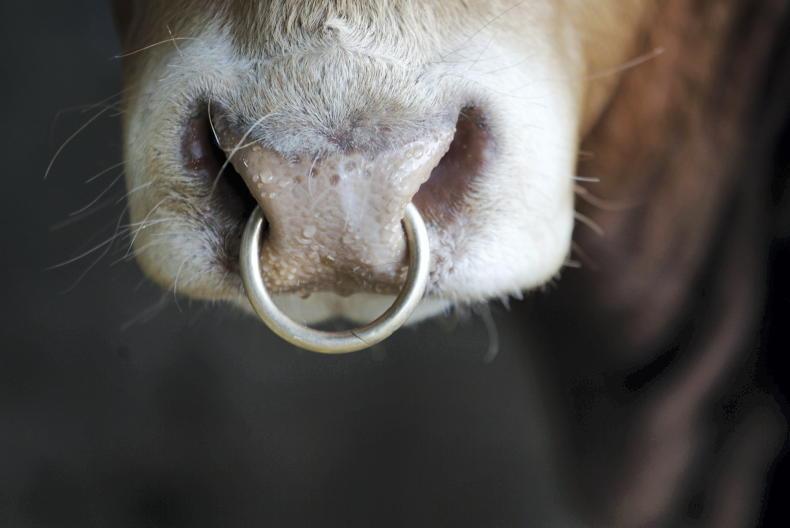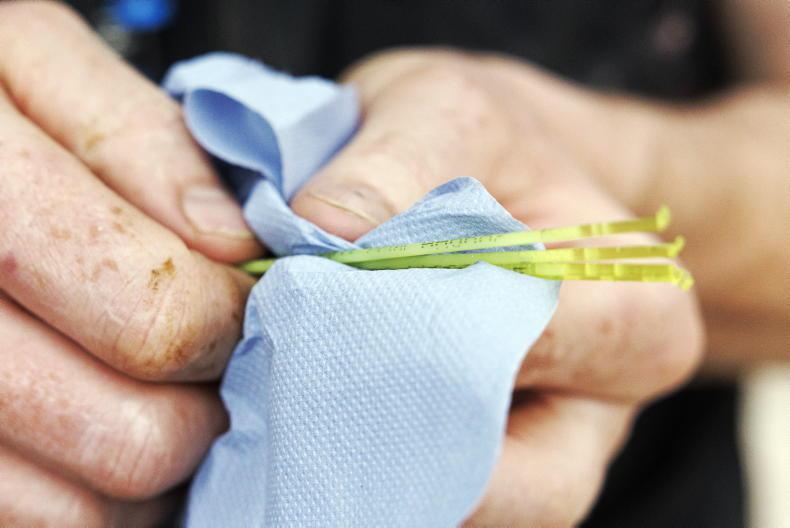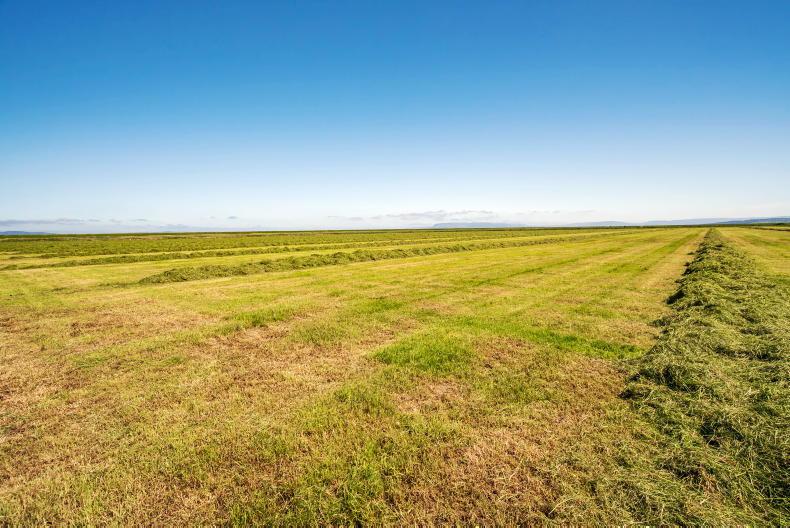Dosing cows: The parasites of concern for most dairy farmers at housing/drying off are fluke, worms and lice.
That’s not to say you need to dose for all three, but it does mean you should have considered it.
Fluke is less widespread than many presume.
If involved in a herd health screening programme, the presence of fluke will be easily detected through bulk tank milk sampling.
If liver fluke is present, talk to your vet about suitable products to dose dairy cows with, as the options are limited.
Rumen fluke can be an issue on very heavy farms and the options for treating it are even more limited, so again talk to your vet to make sure you need to dose for it. The big fear with dosing for something that isn’t present is that over time, resistance to the drug will develop.
Worms: The herd health screening report will highlight if the cows contributing to the bulk tank are exposed to worms.
As all cows are exposed to worms as calves, some residual level of exposure in a dairy herd is expected. Whether or not to dose should be considered in relation to the level of exposure within the herd, with high positive results likely to require dosing.
If herds test negative for stomach worms, then there should be no need to dose and if in the low positive category, or indeed if not in a herd health screening, then taking faecal samples would be a good way to determine the level of stomach worms. Your vet can advise on the results.
Most of the doses used to treat stomach worms will also treat lungworm and liver fluke but only adult forms of liver fluke. If cows have been out on grass in the previous six to eight weeks they could be exposed to immature fluke, which the dose will not cover.
Triclabendazole is licensed for cows and will treat all stages of fluke but should only be used 50 days before calving and has a 48-hour withdrawal period after calving.
Lice and mange, if present, will generally show up in January and February after housing in early winter.
Roadways: Now is a good time of year to do some maintenance work on farm roadways. The key feature of a good farm roadway is a smooth and dry surface with no sharp objects or loose stones that can penetrate cows’ hoofs.
The choice of stone is important and this is a challenge in many areas where suitable soft slig or sandstone isn’t available, particularly in the northern half of the country. The southern and western region is spoiled for choice with good stone.
By right, the stone should be able to break up in your hand and have a flat surface so it beds in. Limestone is a terrible choice although lime fines or dust is suitable as a top layer if it is very fine and only applied as a thin layer.
Keeping the road dry is all down to the camber or slope and making sure verges are kept clean so water can run off. Remember, all farm roadways, whether on derogation farms or not, need to be sloped away from watercourses and dry drains as per new rules in place since last January.










SHARING OPTIONS